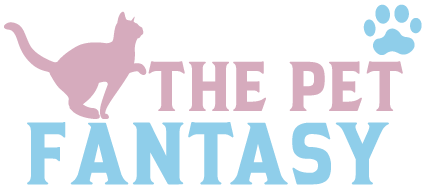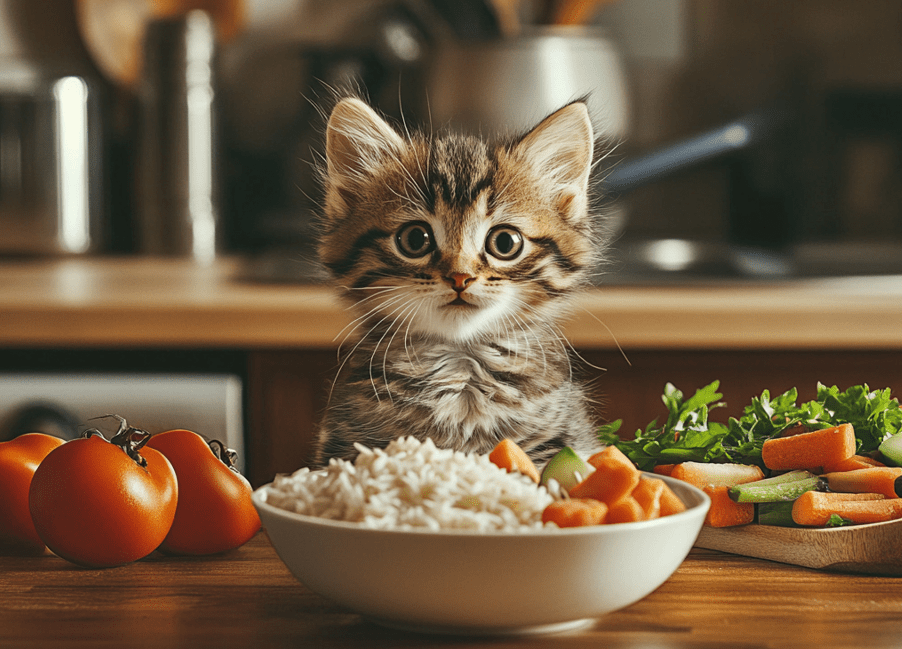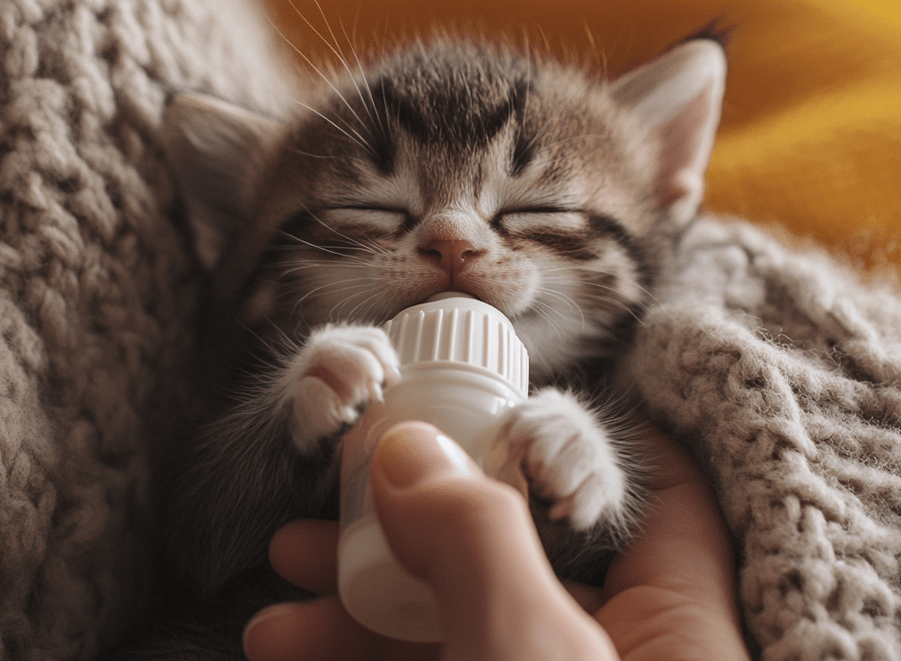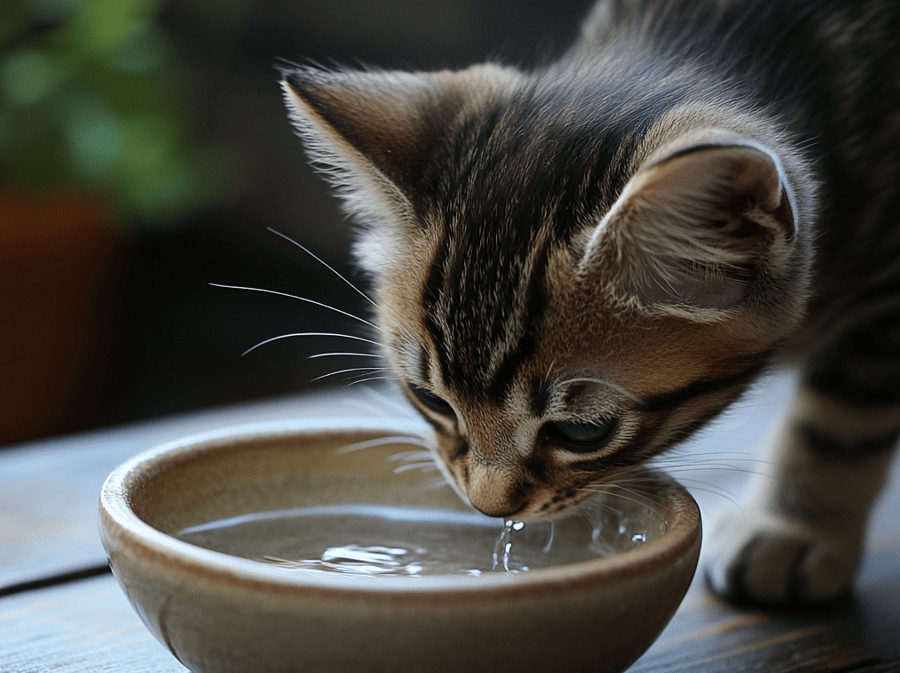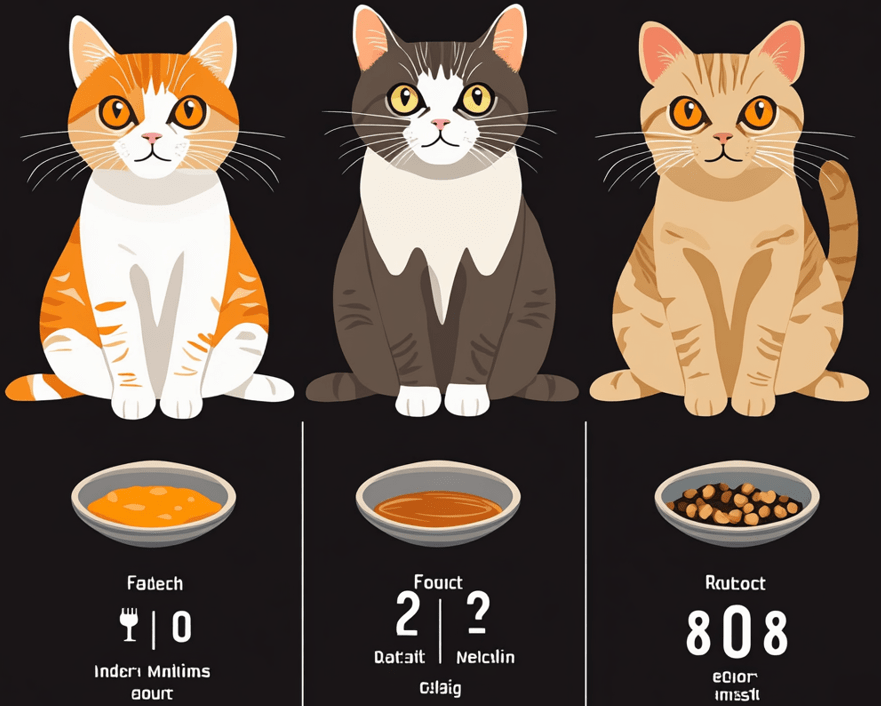
There is no definitive answer to how much wet food should be fed to your particular cat. The correct amount of wet food may also vary based on a number of factors such as your cat’s weight, age, and health and lifestyle activity. Generally, a regular grown-up feline needs about 4 to 5 ounces (or 115 to 140 grams) of wet cat food per day. Nonetheless, these suggestions are very approximate and what may be the optimal portion for your cat could vary on a range of aspects like if your cat is small or large then average, with cats who are pregnant or who have more sedentary lifestyles requiring less ingestion than those that are active.
But weight is not the only factor in determining a cat’s dietary needs; age and lifestyle also play an important role. For example, highly active cats may need more calories to support the level of exercise and the hunting behavior; than indoor only cats that do very little to no exercise; therefore owners should watch their cat and adjust portion size based on its behavior.
To watch the summary of this article, just watch this video-
Meeting the Needs of Kittens and Aging Cats
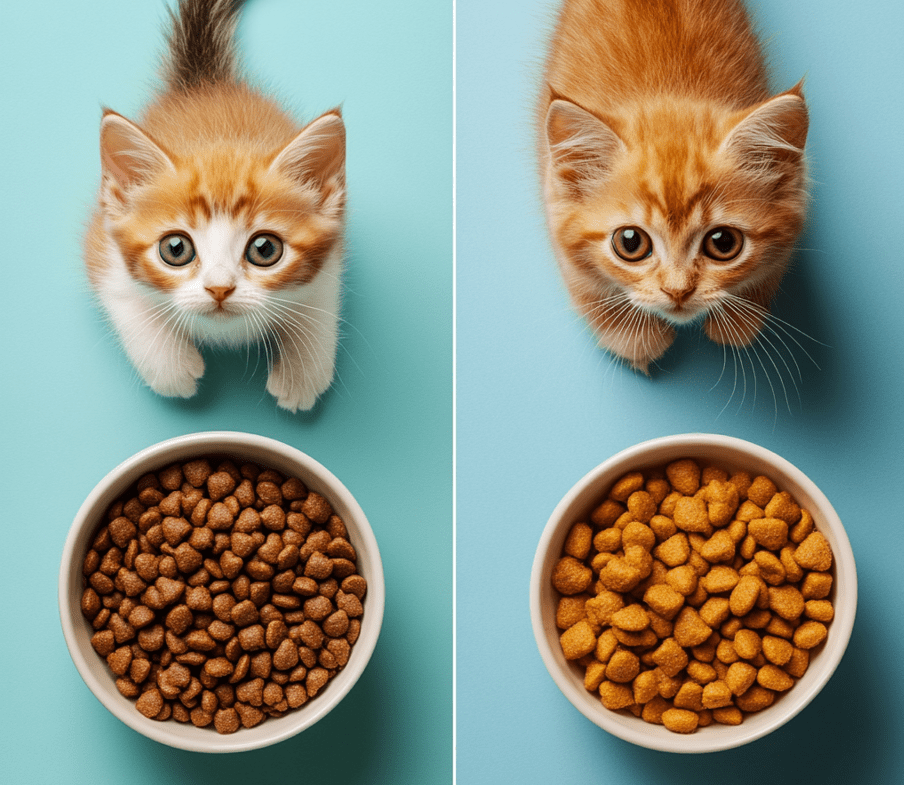
Kittens have specific nutritional requirements related to their growth that vary with age. Kittens require more food per pound of body weight than adult cats do, because they are still developing their bodies and need extra calories and nutrients to support it. Kittens, in fact, often need their own compartment of specialized food that meets some very specific developmental benchmarks. On the other hand, when cats become seniors, there is yet another shift in their nutritional needs. Cats that are getting older typically need less food; their metabolism slows down, and their activity levels decrease. This lower energy requirement can result in weight gain if the food portions are not decreased accordingly by owners.
In conclusion, while a general range is helpful, cat owners will have to consider their cats’ individual needs and come up with an amount of wet food that is right for them. By continuing monitoring your cat’s weight and overall health together with the discussion with a veterinarian, you can easily make sure that your cat is getting proper nutrition they need in order to lead a happy, healthy and active life.
How Much Wet Food Should You Feed Your Cat Each Day?
This is where knowing the weight of your cat is vital when it comes to feeding wet food. In addition, the caloric content of various brands and types of wet food can also vary so it needs to be taken into consideration as well. Use the chart below to help determine portion sizes for small, medium and large cats.
Guide to Feeding Wet Cat Food
Small Cat
Weight: 7 lbs. (3 kg)
Daily Average Amount of Wet Food: 200-250 grams
Caloric intake/day: 194-212 (173) Kcal.
Medium Cat
Weight: 9 lbs. (4 kg)
Daily Average Amount of Wet Food: 250-300g (2 cans).
Caloric intake/day: 208–239 Kcal.
Large Cat
Weight: 11 lbs. (5 kg)
Daily Average Amount of Wet Food: 300-350 g
Caloric intake/day: 240-280 Kcal. of total daily calories
When you are working out how to feed your cat, remember to take account of the calories from treats as well as regular meals. Recommended feeding amounts are only a guideline, and you may need to adjust depending on activity level, size and age.
You can split up the daily calorie intake of your cat by feeding scheduled meals throughout the day to keep him out of trouble. This serves to both keep them engaged and it is more in line with the natural eating habits they have from the wild — which involves much smaller meals, multiple times a day.
Serve wet food at room temperature and refrigerate any remaining portions for use within the next two days. Also, try to ensure your cat has a fresh water supply available when they are eating.
Why use wet food for cats?
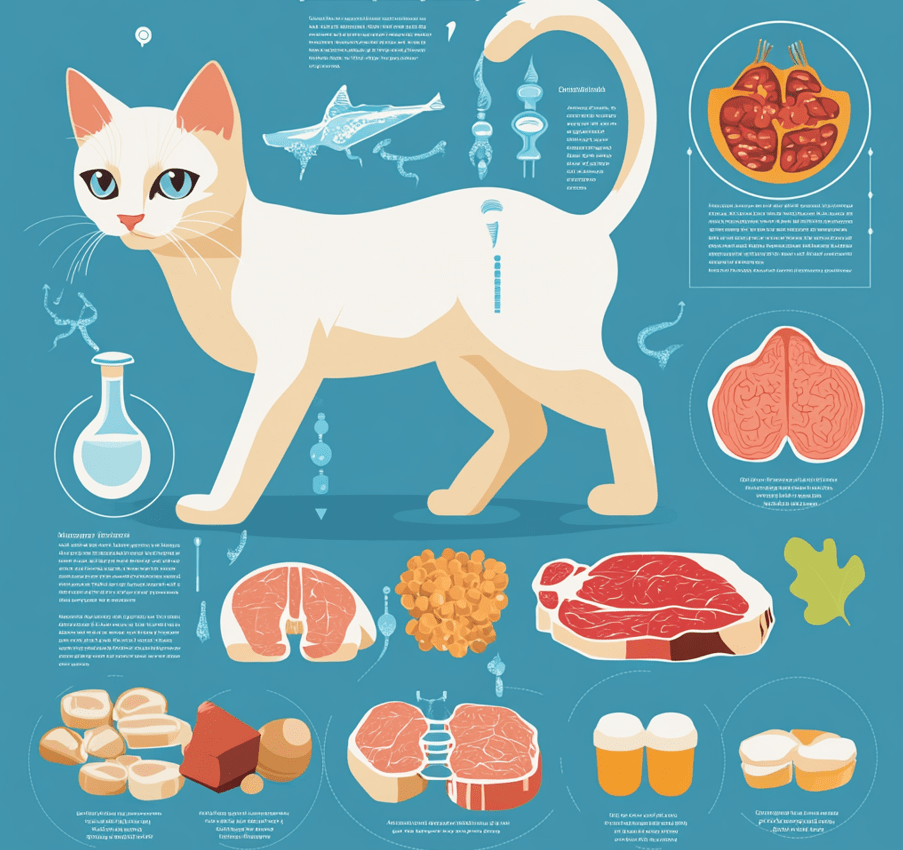
Though it is not a strict requirement that your cat eat wet food, this diet lines up with its biological need as an obligate carnivore since felines originated from wildcats. Wet food is typically a good choice for the typical cat’s needs, as cats are obligate carnivores and require their dietary protein to contain all of the essential amino acids they need in sufficient quantity. In comparison, dry food is very high in carbohydrates that will make them pile on the pounds later.
One of the other biggest advantages to wet food is that it has high water content and will help keep your cat from running chronically dehydrated. Cats are programmed to be less driven to drink water as compared to other animals and if they rely solely on dry food you may have a dehydrated cat. Wet food is important for them because it has about 80% moisture-form which helps to add up on moisture in their bodies. Wet food is a key hydration supplementation. This is crucial, especially for kidneys, as a good support system results in better overall health.
If you would like to read more in-depth information on the different benefits of wet vs. dry food, then check out our article, “Wet vs. Dry Cat Food.”
Why Do Cats Like Wet Food?
Cats are designed as obligate carnivores, who generally tend towards wet food as the composition of this most closely mirrors the muscle meat, organs and bones which they would eat while hunting in nature. Cats in the wild must eat small animals to maintain the high protein and moisture content vital for their health. Because wet food represents this balance, it provides the necessary hydration and nutrients that cats need to support their nature and instincts. Also, wet cat food usually has a more aromatic and stronger flavor which helps to intensify the cat’s appetite as compared to dry cat foods that may just be less tasty. Wet food generally is more appealing for cats, based on the combination of nutrition and hydration/water/sensory value
Does Wet Food Mean My Cat Will Drink Less Water?
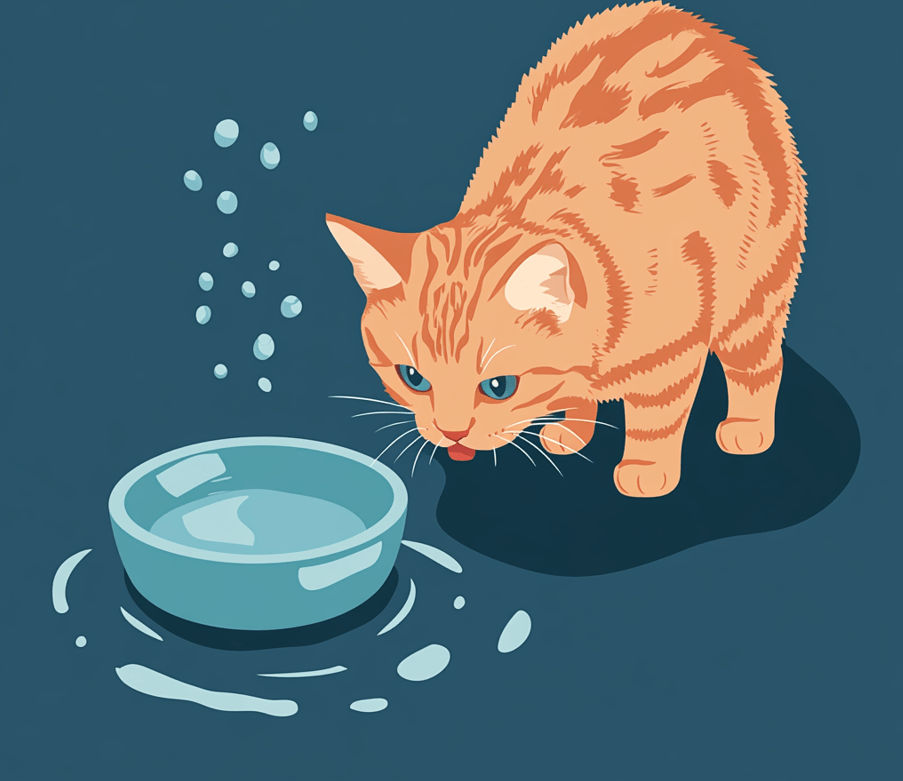
Cats fed primarily wet food diets tend to drink less because these types of meals are high in moisture. Wet food (canned or pouched) is usually made up of around 70%-80% water, so cats are probably obtaining a high percentage of their essential moisture via their meals. This decreased water consumption is not usually a problem, as it is an indication that they are getting their hydration from what they are eating.
It is also worth mentioning that lots of cats prefer fresh or running water rather than sitting for hours in one place. As a result, they are more likely to hydrate through the moisture of their food instead of drinking from a bowl. Understanding The Moisture Content in Wet Food and How It Affects Your Cat’s Hydration ~ Learn about the dietary side of things to help inform your choices closer in their diets.
With the amount of wet food your cat needs now clear, you can make sure they are getting everything they need to flourish nutritiously and as healthy as ever!
